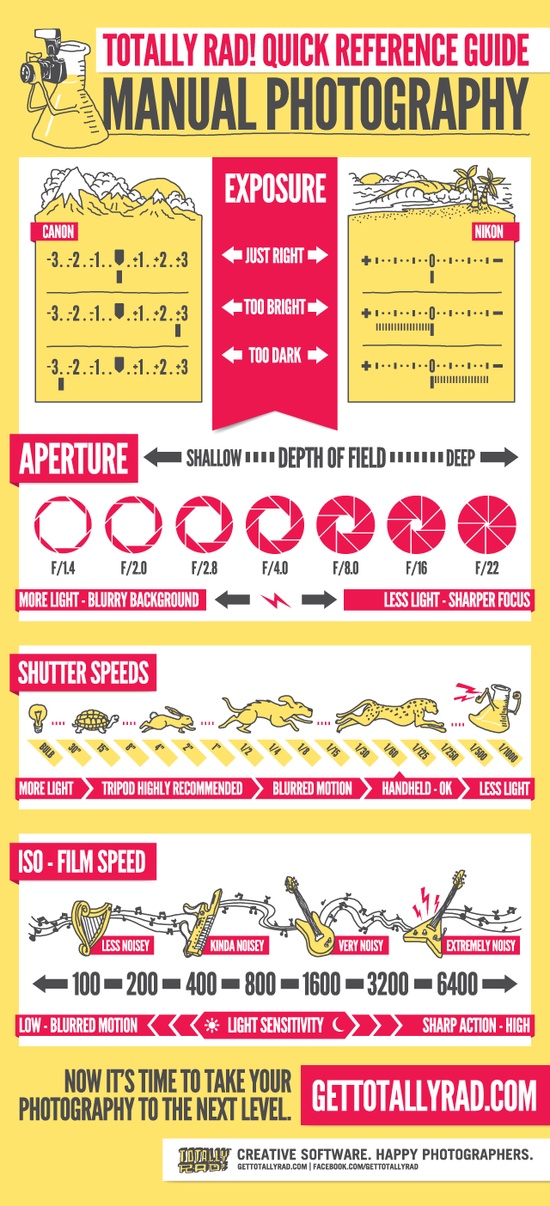Photography Tips For Beginners: Understanding Your Electronic Camera In A Snap
Photography Tips For Beginners: Understanding Your Electronic Camera In A Snap
Blog Article
Web Content Composed By-Christian Monroe
When you first pick up your cam, it can really feel frustrating with all the setups and alternatives offered. please click the following internet page may find yourself asking yourself how to browse aperture, shutter rate, and ISO effectively. Grasping these fundamentals is vital, yet there's even more to photography than just technical knowledge. Recognizing make-up techniques and illumination conditions can boost your images substantially. So, what if Executive headshots near me could discover basic techniques to enhance your abilities and begin capturing remarkable images sooner than you assume? Let's discover how to change your digital photography trip.
Understanding Video Camera Setups
Recognizing your electronic camera settings is essential for catching spectacular pictures. When you pick up your camera, acquaint yourself with the three major setups: aperture, shutter rate, and ISO. Each plays an important function in how your photos end up.
Beginning with aperture, which regulates the amount of light getting in the lens. A broader aperture (lower f-number) allows a lot more light and creates a lovely background blur, ideal for pictures. Conversely, a narrower aperture (higher f-number) keeps more of the scene in emphasis, ideal for landscapes.
Next, focus on shutter rate. This setting establishes how long your cam's sensing unit is subjected to light. A rapid shutter rate freezes activity, which is terrific for action shots, while a slow shutter rate can create spectacular results like smooth water in landscapes.
Last but not least, change your ISO. Headshots for linkedin influences your video camera's sensitivity to light. A higher ISO serves in low-light scenarios but can present noise or grain. Go for the lowest ISO possible while still attaining correct direct exposure.
Make-up Methods
When you're out shooting, composition can make all the distinction in how your pictures reverberate with visitors. Begin by utilizing the policy of thirds; picture your frame separated into 9 equivalent areas with two horizontal and two upright lines. Placement crucial elements along these lines or at their crossways to produce equilibrium and interest.
Next off, take into consideration leading lines. These natural lines in your scene, like roads or rivers, draw the visitor's eye right into the photograph, directing them via the tale you're telling.
Don't forget mounting; usage aspects within your scene, like trees or home windows, to develop a frame around your topic, adding deepness and emphasis.
Likewise, keep an eye on your history. A chaotic history can distract from your main topic, while an easy one helps it stand out.
Lastly, trying out proportion and patterns; they can create a striking picture that catches focus.
Mastering Illumination Conditions
Mastering lights problems is critical for catching stunning photographs, as the appropriate light can transform a regular scene into something amazing.
Start by observing all-natural light at different times of the day. Mornings and late afternoons supply the best light, known as the gold hour. The soft, warm tones during these times can improve your pictures beautifully.
Don't shy away from cloudy days either; diffused light can lessen severe shadows and develop a pleasing effect, particularly for portraits.
Explore backlighting by placing your subject versus the source of light. This technique can develop a wonderful halo effect and include deepness to your images.
Focus on your cam settings also. Readjust the ISO, aperture, and shutter rate to suit the lighting conditions. A higher ISO can help in reduced light, but be cautious of grain.
Use a tripod in darker environments to stay clear of blur.
Finally, do not fail to remember artificial illumination. Flash and continual lights can be great devices for regulating light in difficult problems.
Conclusion
Finally, mastering your electronic camera doesn't need to be overwhelming. By recognizing your settings, applying composition techniques, and taking advantage of the power of natural light, you'll swiftly elevate your photography abilities. Remember, practice makes best, so venture out there and trying out your newly found knowledge. With time and dedication, you'll be recording stunning pictures that show your unique perspective. Delight in the trip, and do not neglect to have fun while you're at it!
